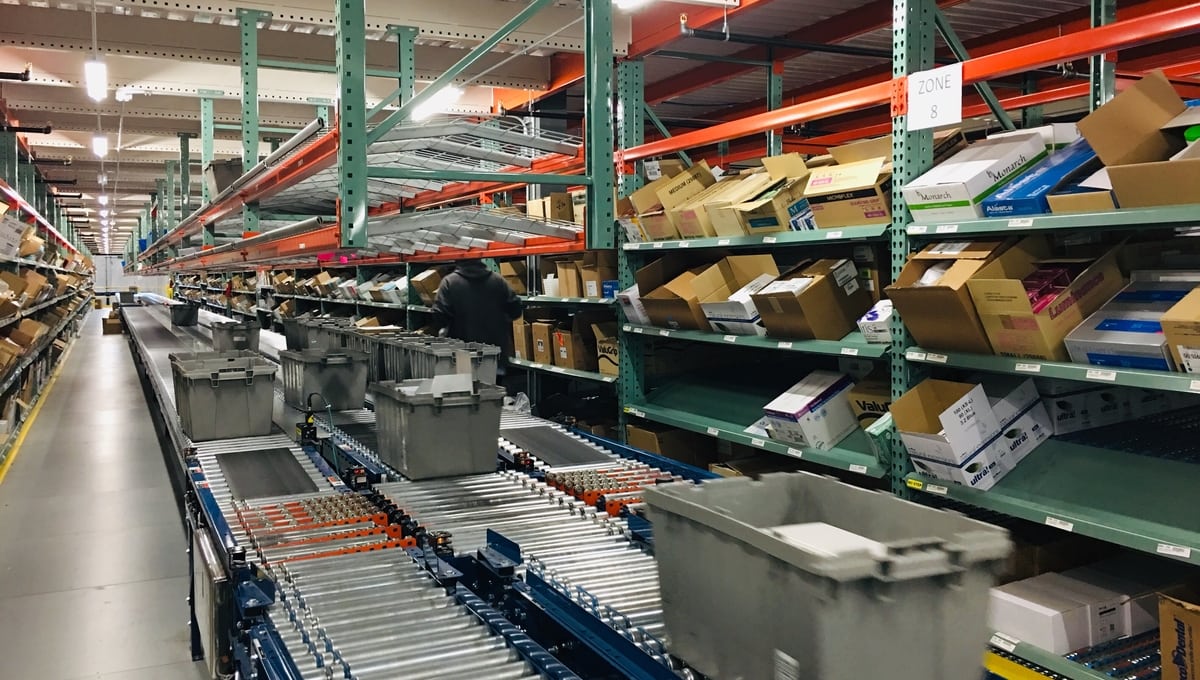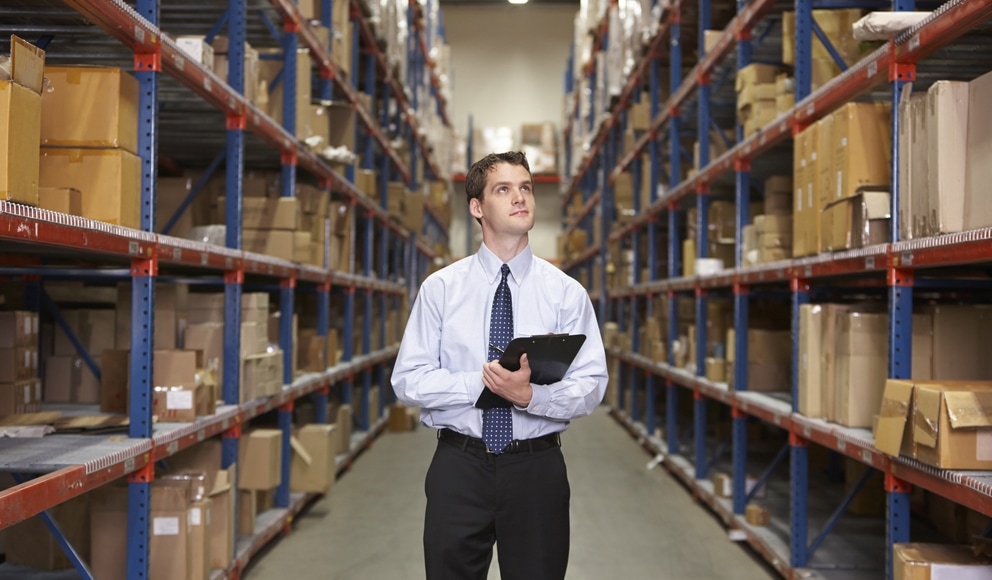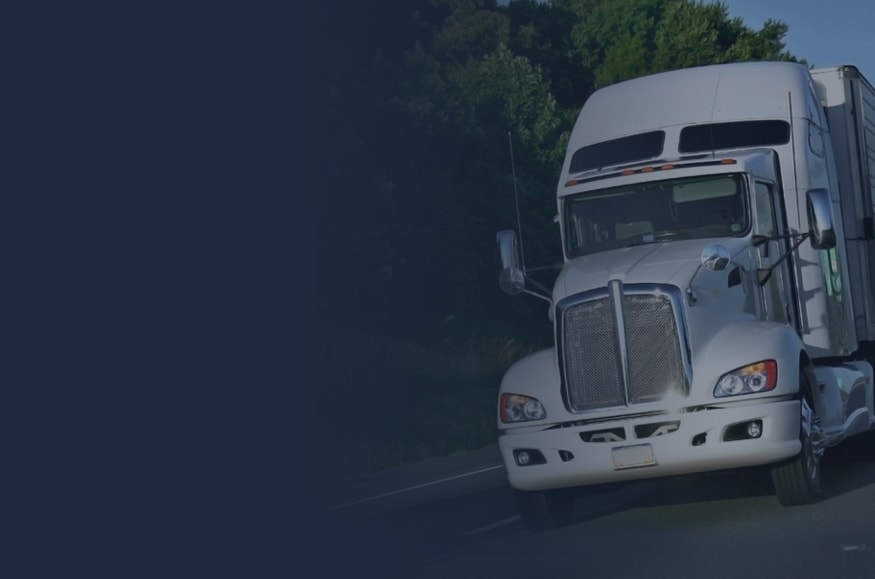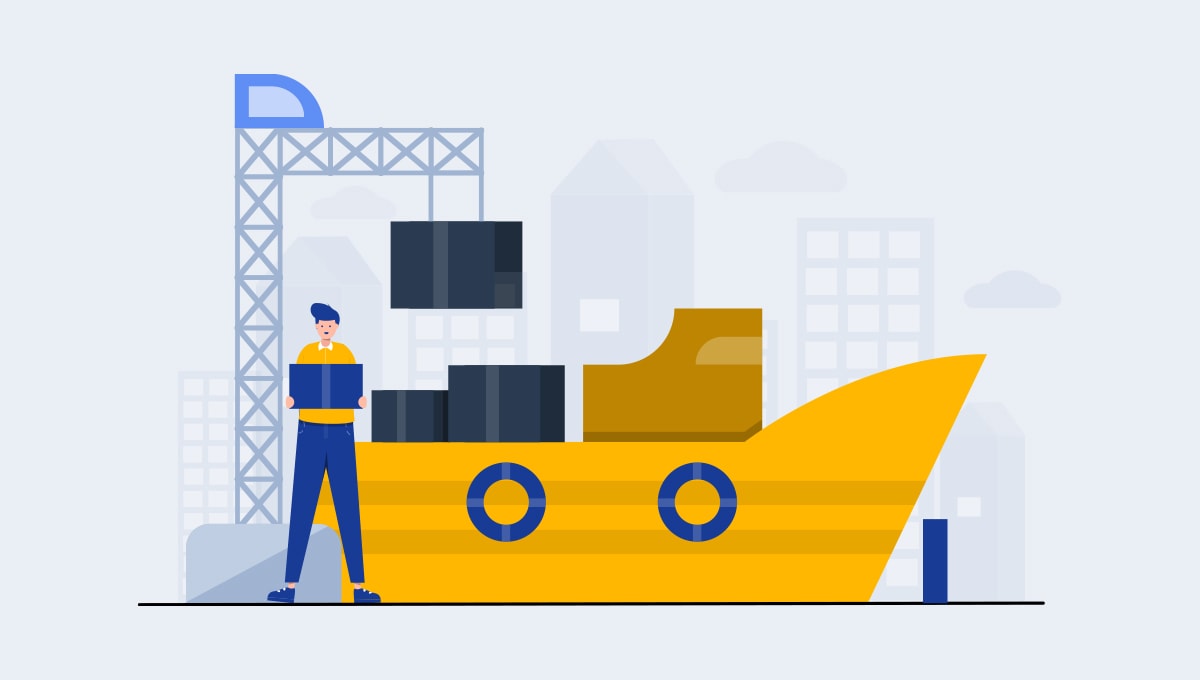MenuMenu
- Compare. Save. Ship.
- Main Menu
- How It Works?
- Shipping Services
- eCommerce
- Learn

Outsourcing your operational logistics can help you allocate resources to other parts of your business. This strategy can be very effective for small and medium-sized businesses because it can help them lower their monthly costs while continuously improving other aspects of their operation, such as sales or product development.
Third-party logistics (3PL) providers specialize in handling all the operational logistics of other businesses, from warehousing to picking and packing, inventory forecasting, transportation, and delivery.
Read on to learn more about 3PL shipping, how much 3PL costs, whether it’s better than 4PL shipping, and more.

A 3PL is a service provider that helps businesses handle their supply chain. 3PL providers enable businesses of all sizes to grow and expand without having to rent large storage facilities or handle their distribution in-house.
3PL providers offer a wide variety of services, tailoring their solution to your storage, distribution, and transportation needs. They provide fulfillment services, handle your distribution and returns, do inventory forecasts, and more.
In recent years, 3PL providers have become an integral part of the eCommerce supply chain. As a result, the 3PL market has grown substantially in the past decade, with an estimated value of 267.4 billion USD in 2020.
3PL providers manage the entire supply chain for their clients. The 3PL company also handle the warehousing, as well as the inbound and outbound transportation.
In order to do that, 3PL providers own or lease large warehouses, which they use to handle their clients’ stock. Even though some providers use their own shipping fleet, most contract carriers for freight and shipping.
3PL providers offer fulfillment services. They rent shelf space in their warehouse and store products for their customers. The provider’s employees receive your products, check their integrity, and place them in your inventory.
When one of your customers places an order, the employees pick the right items off the shelves, pack them securely, and contact a carrier to deliver the package.
Thanks to the large capacity and the efficient design of their warehouses, 3PL providers can handle a huge volume of products. This enables 3PL shippers to handle your capacity as your business grows, and it enables you to grow your business without having to worry about logistics.
The costs of a 3PL service vary from one provider to another and all of them charge different fees for various services. However, here’s a quick breakdown of the costs you can expect from any 3PL shipping company:
Setup fee - The setup fee is optional and is typically charged a single time. This fee covers the software integration, infrastructure creation, and may also include a short period of training for you and your team, so you can learn your way around the provider’s resources. Even though some providers offer free setups, others charge $1000 or more for the third party logistics software setup.
Storage and warehousing - Most third party logistics providers charge a flat fee based on the volume of space your products take up in their warehouses. The fee is usually calculated by the pallet, square foot, or square meter.
Inbound shipping and receiving - This may be a flat or variable fee, depending on the third party logistics providers you choose. You may be charged an hourly rate per number of workers that handle your products, or you may be charged a flat rate that’s based on the number of orders or items you ship and receive.
Boxing and packaging - This is an optional fee that may be included in your fulfillment package. It’s usually a flat fee that varies from one provider to another. The fee covers the costs of packaging materials used for your products. Depending on customization options and size, you can expect anything from $0.25 to $2 per package.

Most 3PL providers rely on external carriers to ship your orders, so their delivery speed is closely related to the carriers you use.
But in terms of inventory management, picking and packing the products, 3PL companies move really fast. They have experienced employees who are proficient at finding the right products, placing them in the right boxes, and handing them off to the carrier.
In most cases, the provider’s team will move just as fast, if not even faster, than your team.
4PL providers, also known as Lead Logistics Partners, are similar to 3PL providers because they also handle all your logistics activities.
In addition to that, 4PL companies also provide strategic insights and manage your supply chain. 4PL providers often focus on optimizing your supply chain to lower your costs and improve your company’s efficiency.
So, if you externalize your logistics to a 4PL provider, you should expect them to manage the communication with your manufacturers, warehouses, and the managers of your various sales channels.
Choosing between a 3PL and a 4PL provider should be easy. If you want to retain some responsibilities for your supply chain, go with a 3PL provider. If you want to externalize all the responsibilities for the supply chain, go with a 4PL provider. The 4PL provider will act as an intermediary between your company and the 3PLs, warehouses, carriers, and all the other participants present in your supply chain.

Your 3PL partner can generally help you find great deals for wholesale orders, and they can also help you receive your products from manufacturers.
A 3PL provider can set up full truckload (FTL) or less than truckload (LTL) shipments from your manufacturers in order to save you money on freight.
Once the shipment reaches your partner’s warehouse, their team will inspect the merchandise and prepare it for storage.
Your 3PL provider will warehouse the products on their shelves until they are ready for delivery. The provider will also reach out to you if you need to restock some products and recommend different ways to manage your stocks during seasonal sales.
When one of your customers places an order through any of your sales channels, one of your 3PL provider’s team members will find and pick the right items off the shelves.
The product then goes to another team member who selects the right box, uses dunnage to secure and protect the product during transport, and seals the box. Then, the packer checks and adds the shipping label.
The box now reaches the loading dock where a shipper makes sure that it gets picked up by the right carrier as soon as possible.
3PL providers also handle order returns or reverse logistics as they’re called at times. The provider accepts returns on your behalf and processes the returned items for you.
This process implies examining the products for damage, returning them to the shelves, and reintroducing them to your inventory. This speeds up the return process, making your products available for another purchase in a short amount of time.
Your 3PL provider may help you reduce shipping times. By distributing your inventory across multiple warehouses and handling the picking, packing, and shipping, the provider can help your products reach their destinations faster.
Collaborating with many 3PL providers can help you offer same-day or next-day shipping options at competitive rates.
3PL providers handle the products of dozens of companies at the same time. They process hundreds, if not thousands, of orders every single day.
This gives them more leverage and negotiating power when dealing with carriers. As a result, they generally secure better deals on shipping prices than individual shippers.
In addition to the lower shipping fees, a 3PL provider can minimize your shipping costs by distributing your inventory across multiple warehouses and reducing the distance between your products and your customers.
3PL providers can help you sell internationally. They take care of everything that’s related to the logistics, such as the documentation, customs, duties, and warehousing in a foreign country when needed.
Warehousing, fulfillment, and shipping can be challenging, especially when you’re starting out. When you collaborate with a 3PL provider, you gain instant access to their expertise and knowledge of the shipping industry.
Working with experts can help you keep your shipping costs low and enable you to focus on other aspects of your business.
Shipping more than 100 orders per day can put a lot of pressure on your team and increase your operating costs. Collaborating with a 3PL provider can not only lower your costs but can also enable your team to focus on other aspects of your business.
Expanding your storage space can be expensive. If your stock outgrows your current storage capabilities, it can be cheaper and more efficient to collaborate with a 3PL provider.
Modern customers appreciate speedy deliveries. A 3PL provider can help you offer faster shipping options, including overnight delivery and two-day shipping without increasing your transportation costs.
Ship Expert can help you lower your shipping costs and deliver your products faster. Our fulfillment service can help you automate your selling process so you can focus on growing your business.
With Ship Expert, the possibilities to grow your business are endless.

Director, Ship Expert
Greg Woo is a seasoned expert in the logistics and distribution industry, with a career spanning over two decades. He has a comprehensive understanding of shipping and distribution needs, and has extensive experience integrating with e-commerce stores as well as customer specific WMS (warehouse management systems) and ERP’s (enterprise resource planning software). His tenure in the industry and established courier and LTL partnerships have allowed clients to benefit from reduced shipping expenses, as well as improved operations through software and specialized integrations.
Greg is currently the Director at Ship Expert Inc., a role he has held since February 2015. Prior to his role at Ship Expert, Greg held significant positions at Juxto, a telecommunications and managed internet service provider.